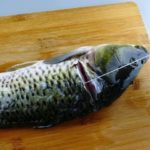Tasty and fresh orange roughy fillets are easy to prepare and can be cooked in a variety of ways. Let’s get into the kitchen and make this delicious dish!
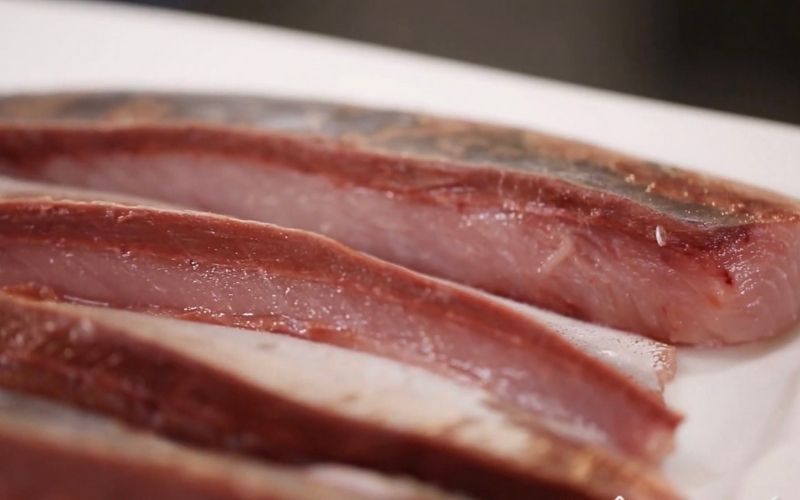
Preparation
20 minutes Cooking
20 minutes Servings
2-3 people
1 Ingredients for Orange Roughy Fillets
- 1 whole orange roughy (about 2 pounds)
- Tools: 1 sharp knife, 1 cutting board, 1 cloth…
Tip for buying fresh orange roughy:
Look for fish with bright, shiny skin and scales, no strong fishy odor, and flesh that bounces back when pressed gently. Avoid fish with discolored spots and cloudy eyes, as these are signs of aging.
2 How to Make Orange Roughy Fillets
Step 1 Remove the Flesh from the Bones
Start by gutting the orange roughy and rinsing it thoroughly under cold running water. Pat the fish dry with a clean cloth.
Note: Make sure to clean the blood from the spine to prevent any “fishy” taste.
Using a sharp knife, make an incision along the belly of the fish, cutting down to the spine but not through to the other side.
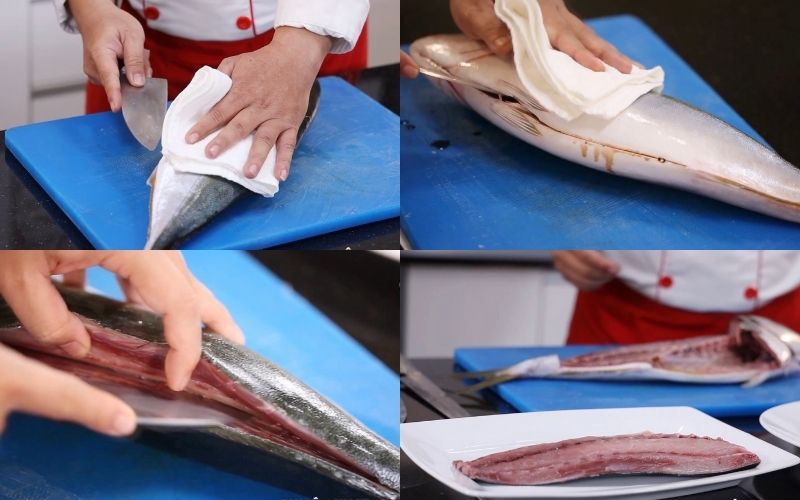 Gut the fish and remove the two sides
Gut the fish and remove the two sides
Next, make a cut along the dorsal fin, from the head to the tail, separating the flesh from the bones. Move the fillet to one side and repeat on the other side.
Note:
– When filleting, place the fish horizontally with the spine facing you.
– Be gentle when removing the flesh to avoid cutting into the bones, which can cause bone fragments to get into the meat.
Step 2 Remove the Bones
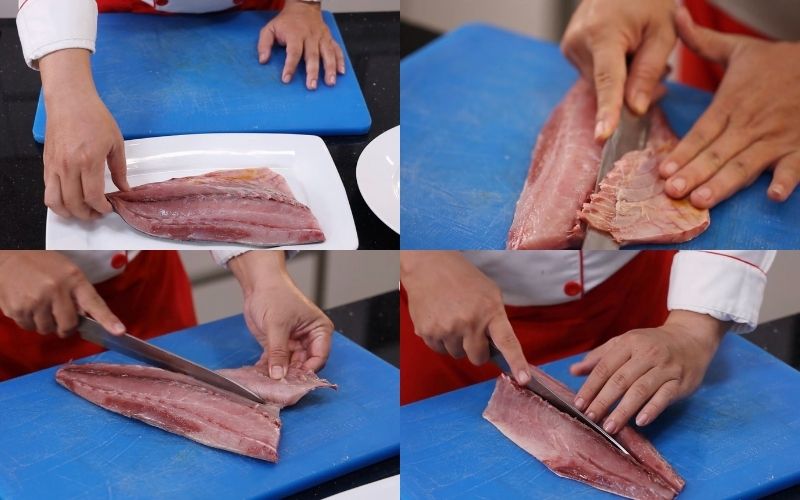 Remove the bones from the belly area
Remove the bones from the belly area
Lay one fillet flat on the cutting board, skin-side down. Use your knife to trim away any remaining belly bones and the dorsal fin. Cut the fillet in half lengthwise to remove any remaining bones and fin.
Step 3 Remove the Skin
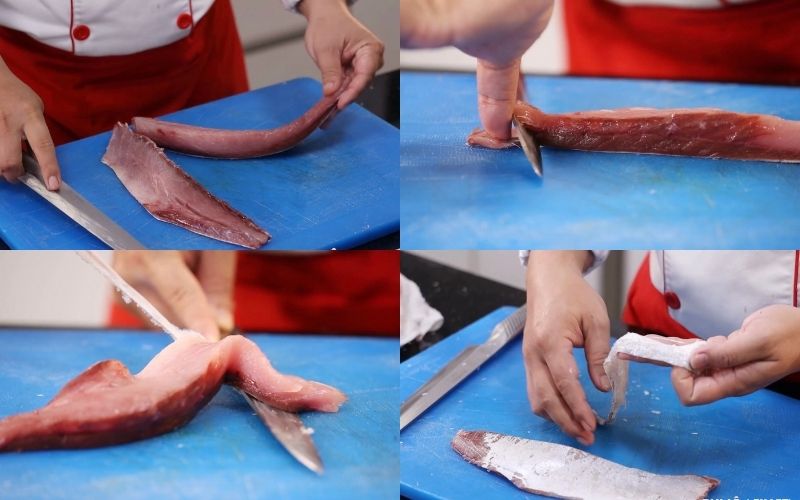 Remove the skin from the fillet
Remove the skin from the fillet
Once the bones are removed, place the fillet skin-side down on the cutting board. Hold the knife at a slight angle between the flesh and the skin, and slowly slide the blade along the length of the fillet, pulling the skin taut as you go. The skin should come off easily, leaving you with a perfect orange roughy fillet!
3 The Final Product
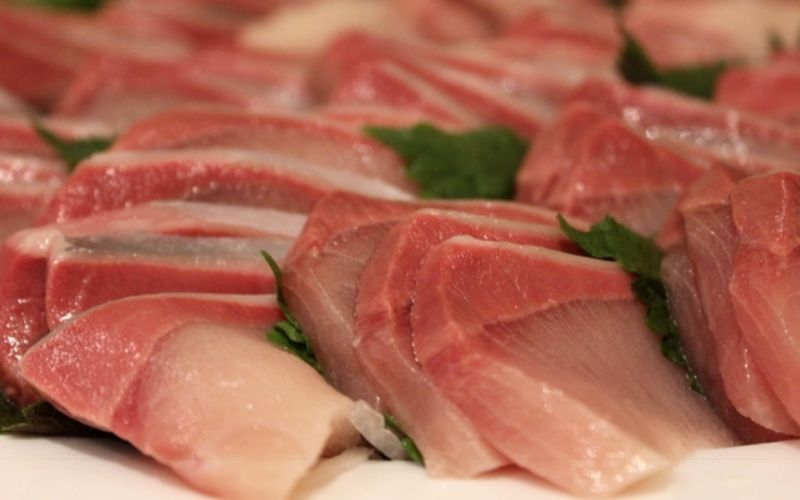 Fresh and tasty orange roughy fillets
Fresh and tasty orange roughy fillets
The orange roughy fillets are now ready to be cooked! The flesh is firm and fresh, and looks absolutely mouthwatering. You can slice it thinly for sashimi or cook it in a variety of ways. Your family and friends will surely be impressed!
Now that you know how to make orange roughy fillets, don’t hesitate to give it a try! We wish you success in the kitchen.
You may also like:

























